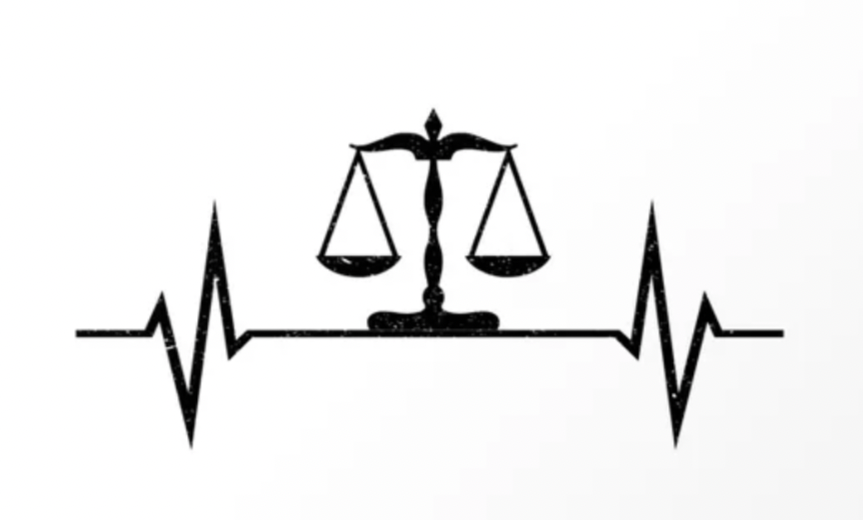
By: Caroline Dolan
Squishmallows were introduced in 2017 and went viral on TikTok and Instagram during the Covid-19 pandemic in 2021. People fell in love with these affordable and huggable plushies that are available in more than 3,000 different characters. Their unique sizes and colors provide comfort and joy for all ages and even serve a niche of Squishmallow collectors.
Trade Dress: The Look and Feel
Trademarks are “words, names, symbols, or devices” that are distinct, functional, and used in commerce to identify the source of a good. The Lanham Act provides federal protection over the good-will of such artistic creations from infringement, dilution, cybersquatting, and false advertising. It also protects consumers from being deceived by knock-off products. The Lanham Act also protects a product’s trade dress, which is “the commercial look and feel of a product or service that identifies and distinguishes the source of the product or service.” Similar to trademarks, trade dress can receive protection even without formal registration with the U.S. Patent and Trademark Office.
To assert a trade dress infringement claim, a plaintiff must demonstrate that their product’s trade dress (1) is distinctive; (2) is owned by the plaintiff; (3) is nonfunctional; and (4) that the defendant used the trade dress without consent in a way that is likely to confuse the ordinary consumer as to the source, sponsorship, or affiliation of the product. The Ninth Circuit has held that a trade dress that fails to be inherently distinctive may still be protected if it possesses a secondary meaning. To show a secondary meaning, a plaintiff must prove “a mental recognition in buyers’ and potential buyers’ minds that products connected with the [trade dress] are associated with the same source.”
Build-A-Bear vs. Squishmallow
Warren Buffet’s investment company, Berkshire Hathaway, owns Alleghany Corporation which is the parent company of Jazwares LLC. Jazwares oversees Kelly Toys which is a leading toy manufacturer and the creator of Squishmallows. Squishmallows have seen its sales boom since 2021 and can be purchased in a variety of spaces, including in bulk at your local Costco. However, in January 2024, to offer “optimal hugging benefits” in light of Valentine’s Day, Build-A-Bear launched its Skoosherz line—a variety of collectible plush pillow-like toys.
Once the Sckoosherz line was released, Kelly Toys promptly filed a lawsuit in the Central District of California claiming that Build-A-Bear’s Skoosherz line infringes on Squishmallow’s trade dress because Skoosherz imitate Squishmallows’ “shape, face style, coloring and fabric.” Kelly Toys’ complaint alleges that Skoosherz “have the same distinctive trade dress as the popular Squishmallows, including: shaped fanciful renditions of animals/characters; simplified Asian style Kawaii faces; embroidered facial features; distinctive and nonmonochrome coloring; and velvety velour-like textured exterior.” It asserts that these similarities seek to “trick consumers” and has harmed the Squishmallows brand by “divert[ing] sales and profits from Kelly Toys to Build-A-Bear.” Kelly Toys is seeking unspecified damages and an injunction to stop the sale of Skoosherz. In Kelly Toys’ view, Build-A-Bear is intentionally copying the distinct physical characteristics and exterior appearance of Squishmallows to capitalize on Squishmallows’ international success.
Build-A-Bear has responded by filing its own complaint in the Eastern District of Missouri asserting that its Skoosherz line is merely an extension of its already existing line of animal toys. In Build-A-Bear’s view, Skoosherz merely imitates the popular plushies that Build-a-Bear has previously sold. For instance, Build-A-Bear claims that the Skoosherz Pink Axåolotl is merely an imitation of its original Pink Axolotl toy. The company is seeking a declaratory judgment stating that Skoosherz do not infringe on the Squishmallow trade dress and furthermore, that the Squishmallow trade dress is not even protectable under the Lanham Act. Build-A-Bear asserts that the Squishmallow trade dress lacks a consistent look and feel and shares characteristics with toys already present in the market. According to its complaint, “[i]f each aspect of the claimed trade dress were in fact protected trade dress, it would be virtually impossible for competitors to create alternative designs.”
Bearing a Squishy Future
Trade dress is a critical element of trademark law and serves to safeguard the goodwill of creators, the protection of consumers, and a competitive market. Although this dispute resides in the market of soft toys, it highlights a new perspective of trade dress law and application. If a jury trial is granted, Kelly Toys will likely rely on side-by-side comparisons to highlight the visual similarities between Squishmallows and Skoosherz as well as present consumer comments that have been made on Build-a-Bear’s social media account dubbing Skoosherz as “knockoff Squishmallows.” Although such evidence can support Kelly Toys’ infringement claims, it will still have the initial burden of proving that its trade dress is protectable.



